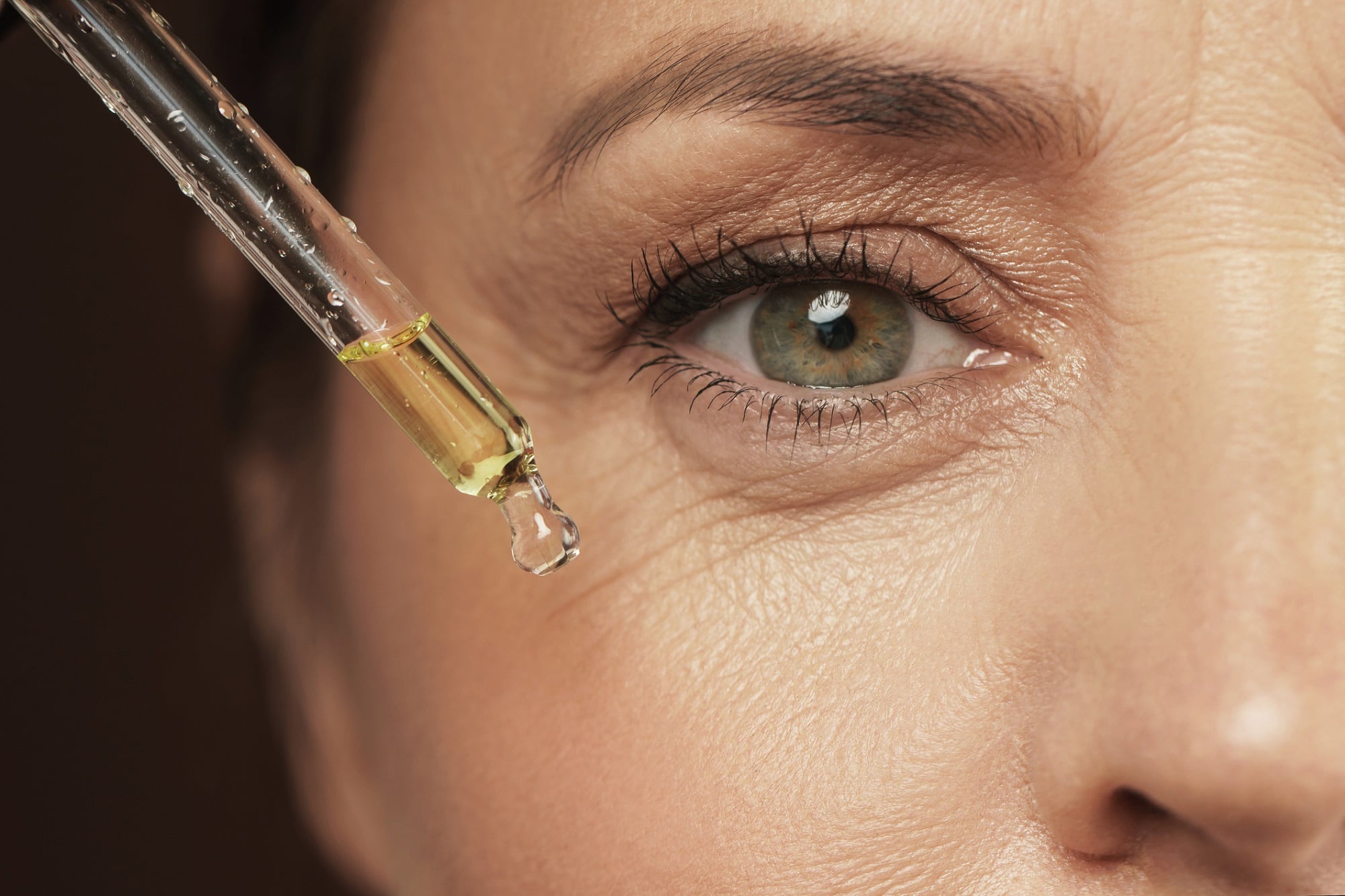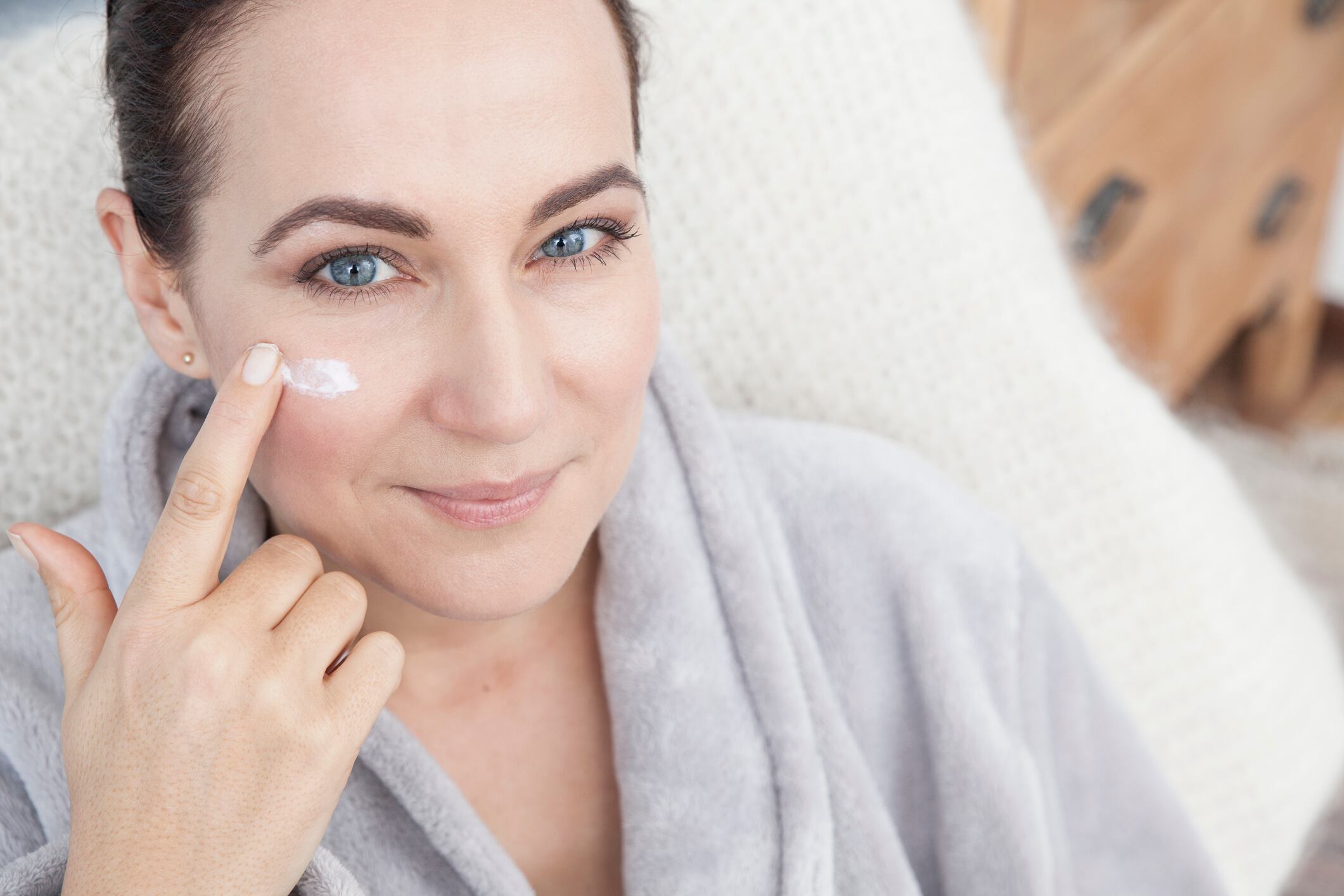Earlier this year, Crown Laboratories, Inc. company Crown Aesthetics launched the BIOJUVE skin care product brand. The regimen, which includes a multi-step AM and PM collection that includes the Biome Support Complex and hero product Living Biome Essentials Serum, which features clinically proven Xycrobe technology to enhance the skin’s natural microbiome and result in healthier skin.
The Living Biome Essentials Serum is a first-of-its-kind skin care product innovation that utilizes a living strain of skin-specific bacterial species Cutibacterium acnes. In an eight week study, “eighty-one percent of participants saw an improvement in skin tone, fifty-two percent saw an improvement in fine wrinkles, eighty-seven percent saw an improvement in under eye circles, forty-two percent saw an improvement in skin laxity, seventy-one percent saw an improvement in under eye puffiness, and ninety percent saw an improvement in skin texture,” according to the company’s website.
To learn more about BIOJUVE and Crown Laboratories, Inc.’s proprietary Xycrobe technology, including the potential impact of this product innovation on manufacturers and suppliers to the cosmetics and personal care product industries, background information on the development, formulation, and clinical studies proving Xycrobe’s efficacy, and the ways in which this product collection is both novel and innovative, we spoke with Thomas Hitchcock, Ph.D. Chief Science Officer at Crown Laboratories, Inc. for his insights.
About Xycrobe’s development & formulation process
BIOJUVE’s development and launch process was years in the making, explained Dr. Hitchcock, as “the Xycrobe technology itself was in development for five years before we started the process of translation into formulation and product development.” From there, he shared, the research team then spent an additional four years “doing formulation, focus group testing, advisory boards, preclinical studies and clinical studies before we launched BIOJUVE in 2023.”
The design process behind this innovation was to allow the researchers to “truly deliver on the promise of a legitimate, topical skin probiotic,” said Dr. Hitchcock. However, to meet this goal, the research team needed to innovate in several areas. This included setting up “an infrastructure to grow, formulate and manufacture products containing an anaerobic microbe as well as the ferments from that microbe under special conditions that would produce metabolites that are conducive to optimal skin biome health,” he shared.
Further, to successfully develop and launch a novel skin care line with biome-friendly ingredient Xycrobe technology, the researchers were also required to know “which strain to start with, what conditions were optimal for growth and metabolism, when to harvest for optimal product, and how to formulate while keeping the microbes viable and shelf-stable,” he stated.
By the time BIOJUVE launched earlier this year, researchers demonstrated that “not only were we able to do all these things, but we also were able to run batteries of tests, both pre-clinical and clinical, that showed that the products did what they should,” he said.
Clinical study of C. acnes subspecies defendens strain XYCW1
Published in the Journal of Cosmetic Dermatology in November of last year, the study on Xycrobe technology, “Characterization of a live Cutibacterium acnes subspecies defendens strain XYCM42 and clinical assessment as a topical regimen for general skin health and cosmesis,” details the research team’s findings to “determine the efficacy of strain XYCM42, a C. acnes subspecies defendens derived strain designed to improve the health and appearance of the skin.”
As explained in the study, “Cutibacterium acnes (C. acnes, formerly Propionibacterium acnes), is one of the most abundant microbes in the human skin microbiome, accounting on average for eighty-nine percent of the bacteria in sebaceous skin follicles, depending on the skin area sampled.” According to the study authors, “recent research has suggested that strains more associated with health come from the C. acnes subsp. defendens phylotype,” with “growing evidence that the colonization of protective strains of C. acnes on the skin is not only not associated with inflammatory issues like acne but can actually reduce acne symptoms.”
To determine the efficacy of C. acnes subspecies defendens against skin related issues, the researchers isolated and cultured a derivative strain from wild-type RT6 C. acnes subsp. defendens strain, which they named XYCW1. The culture was then tested on human skin biopsies for antioxidant activity, which was confirmed, before being developed into a topical formula for further testing and study.
In the eight-week study, 121 participants between the ages of eighteen and seventy were enrolled with skin quality evaluated at Baseline, Week 1, Week 4, and Week 8. The participants were provided with a morning and evening regimen for testing which consisted of the following: “in the mornings, subjects were first instructed to use the Prebiotic Cleanser, followed by XYCM42 Ferment Based Serum, Moisturizer, and Sunscreen. At night, subjects used Makeup Remover (if needed), followed by Prebiotic Cleanser, Live XYCM42 Gel, and Prebiotic Activator. The Moisturizer had two versions: an extra hydrating for dry skin and an oil control formulation for normal, combo, and oily skin.”
Imaging using “color standard photographs using a Canon EOS 80D camera were taken at every site visit,” and were considered in conjunction with subject reported outcomes via questionnaires and clinical grading which “assessed texture, clarity (lack of), even skin tone, discrete pigment, mottled pigment, fine wrinkling, coarse wrinkling, laxity, undereye dark circles, turgor (lack of), undereye puffiness, and overall photodamage” were considered in determining the study’s results. Additionally, bioinstrumentation through a “multi-parameter skin analysis system (DermaLab Combo; Cortex Technology)” was also utilized.
As detailed in the study, results determined that participants saw “increased skin hydration levels, reduced erythema, increased elasticity, and an apparent reduction of surface sebum on both the forehead and nose regions” because of the regimen, with clinical grading revealing “visible improvement in all assessed parameters beginning at Week 1 and showed increased benefits throughout the length of the study at Weeks 4 and 8.”
Further, researchers concluded that “during the study, the most significant improvements observed were in skin texture, evenness of skin tone, under-eye dark circles and puffiness, laxity, pigmentation, and wrinkles.” It was determined that “subjects showed dramatic and unexpected levels of wrinkle and texture improvements within a relatively short, two-month use period,” and that “the regimen demonstrated a strong safety profile as continual use over the two-month clinical study did not reveal any significant adverse events, and the product regimen was well tolerated.”
Industry impact & innovation
Backed by these results, the formulators ultimately were able to launch the full BIOJUVE collection earlier this year. As a potential result of this novel skin care treatment, said Dr. Hitchcock, “it could put pressure on future new product development to consider the impact of current formulation strategies on the skin biome, including the microbes that live on the skin.”
Further, he added, depending on the product line’s consumer reception, the launch may initiate changes in how ingredients are marketed. He explained that “now it may not be sufficient to show metrics that reflect only what effect such ingredients have on skin cells,” and that as a result, formulators may “need to do more extensive research to show how ingredients or formulations impact the viability and activity of microbes on the skin, and also microbes in topical products such as BIOJUVE that have been shown to be skin biome healthy.”




